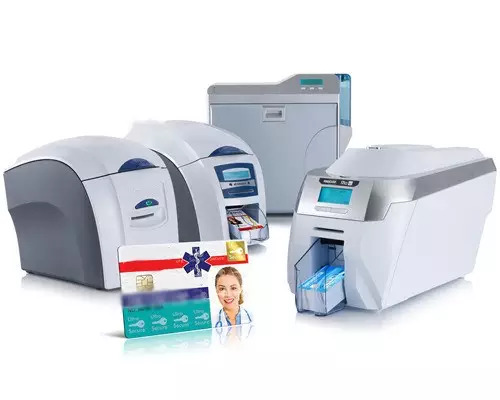When it comes to identification and access control, PVC plastic cards have become the gold standard. They are durable, versatile, and can be customized to suit various purposes. However, not all PVC cards are created equal. To ensure you get the best quality for your needs, here’s a comprehensive guide to help you make an informed decision.
1. Choosing the Card Type
A) Platen Lamination Cards: Sturdy and Secure
Platen lamination cards are a popular choice for their robustness and security features. During the production process, multiple layers of PVC sheets are fused together under heat and pressure, creating a solid and tamper-resistant card. These cards are ideal for applications that require long-term use, as they can withstand wear and tear effectively.
B) Roll Laminated Cards: Cost-Effective and Efficient
Roll laminated cards, on the other hand, are a budget-friendly option without compromising quality. They are manufactured by sealing a printed or pre-printed sheet between layers of clear PVC using heated rollers. While not as robust as platen lamination cards, they are still suitable for many applications and provide good value for money.
C) UV Coated Surface Printed Cards: Sleek and Stylish
UV coated surface printed cards boast a sleek and professional appearance. The printing process involves applying UV-curable ink to the card’s surface, which is then cured using ultraviolet light. This method ensures vibrant colors and sharp images that don’t fade easily. While they may not be as durable as platen laminated cards, they are perfect for events, conferences, and short-term use.
2. Price: Striking the Balance
As with any product, the price of PVC plastic cards can vary significantly based on the quality and features. While cost is undoubtedly a crucial factor in decision-making, it’s essential to strike the right balance between price and quality.
For long-term use or applications that demand high security, investing in platen lamination cards may be the wisest choice. Though they might be slightly more expensive upfront, their durability will save you money in the long run, as they won’t need frequent replacements.
Roll laminated cards offer an excellent compromise between price and quality, making them a popular choice for various applications. If your requirements are relatively straightforward, and you’re looking to stay within budget, these cards could be the perfect fit.
UV coated surface printed cards are the most budget-friendly option, making them ideal for short-term events or situations where cost-effectiveness is paramount. While they might not last as long as other types, they still provide an impressive and professional look.
3. Other Considerations
A) Card Thickness
When selecting PVC cards, consider the thickness that suits your needs. Standard PVC cards typically have a thickness of 30 mil (0.030 inches or 0.76 mm). However, you can also find thinner cards at 20 mil (0.020 inches or 0.51 mm) or thicker ones at 40 mil (0.040 inches or 1.02 mm). Thicker cards tend to be more robust and durable, while thinner cards are more flexible and can be easier to carry.
B) Customization Options
Look for a provider that offers a wide range of customization options. From full-color printing and unique designs to variable data printing and holographic overlays, the ability to personalize your PVC cards can enhance security and brand representation.
C) Environmental Considerations
In today’s eco-conscious world, opting for environmentally friendly PVC cards might be essential for some businesses. Look for suppliers who use recycled PVC or have sustainable practices in their manufacturing processes.
Choosing PVC Plastic Cards
A PVC plastic card is a reliable and versatile solution for identification and access control needs. When choosing the right type of card, consider factors like platen lamination for durability, roll lamination for cost-effectiveness, and UV coated surface printing for a sleek appearance. Strike the right balance between price and quality, and pay attention to card thickness, customization options, and environmental considerations. Armed with this guide, you’ll be well-prepared to select the perfect PVC plastic cards for your specific requirements.








